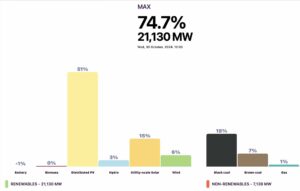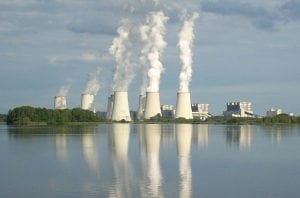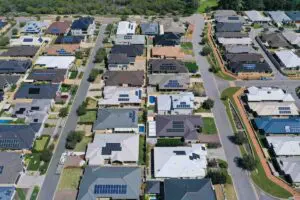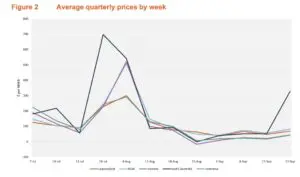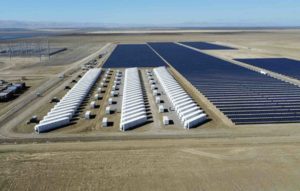
Federal energy minister Josh Frydenberg is promising the right wing of the coalition government that coal-fired generation will continue to prosper for decades to come, as he and prime minister Malcolm Turnbull make a desperate attempt to gain consensus on the proposed clean energy target.
Chief scientist Alan Finkel released his long-awaited energy blueprint on Friday, promising that coal-fired generation would still have a prominent role in Australia by the year 2050.
To reach that conclusion, Finkel had to deliberately ignore the Paris deal to keep Australia’s emissions well below 2°C and work only on the Coalition’s modest down-payment, a 28 per cent cut in emissions by 2030, and no long-term target.
The reasoning appears to be that it is crucial to get some sort of policy in place, even if it is third best, and pretending that coal has a future may be the only way to bring the Coalition’s substantial right wing rump on board.
Finkel’s modelling suggests coal would still account for one-quarter of Australia’s generation by 2050, but you would need to live in a fantasy world to believe that coal would have any role to play in 2050 and beyond, if the world is to take climate change seriously.
That much has been made clear by the International Energy Agency (coal has 14 years left at current generation), the Climate Change Authority, any number of independent analysis, and hopefully Finkel himself.
But Frydenberg has to play the line: “The market will determine it and that’s the key point,” Frydenberg told ABC TV on Sunday. “We don’t want to punish the existing coal generators because we want them to remain an important part of the energy mix going forward.”
The far right may be mad, but it is not stupid. Craig Kelly, the climate science rejector who heads the environment committee, wants to see the yet-to-be released modelling before swallowing that line.
It is not clear that Finkel’s team has modelled the 2°C scenario, but if he has then it is likely to paint the same sort of picture as energy consultancy Jacobs’ modelling from last year, which saw coal shunted out the back door quick smart if the 2°C was pursued.
Interestingly, Jacobs has also done the modelling for the Finkel Review, although it would be hoped that Finkel has taken a fine tooth comb to the consultancy’s previous cost estimates for wind and solar, which were grossly inflated.
Finkel already has concluded that wind and solar are by far the cheapest sources of new generation, and even with storage and firming they are cheaper than gas, and match coal (without a carbon price).
And wind, solar and storage costs will all fall soon enough. That was the most important message from the Finkel Review, that emission reductions could be achieved and prices lowered at the same time.
In a way, it is not really the mechanism that counts, it is the target. For that reason, as BNEF’s Kobad Bhavnagri points out, investor certainty doesn’t come from a new mechanism but by the targets underpinning it.
It could be that a high renewable energy target could achieve that goal more cheaply, but there is zero chance of the Coalition adopting either that or a carbon price. Hence the compromise CET, which was actually called for by conservatives before they realised that wind and solar would win out on that too.
That wind and solar are the cheapest technologies, even with storage and “firming” is the hardest fact for them to swallow. In the Weekend Australian, they were still ranting against the “rent seeking” renewable energy industry, and on Monday the Australian led its commentary section with a piece rejecting the idea that temperatures were rising dangerously.
On Saturday, former Business Council Chief Tony Shepherd, now the chair of the Menzies Institute, and his sidekick Nick Cater, called for a blanket ban against any new renewable energy plants unless they signed contacts to deliver electricity on demand, 24/7, at a “constant” 50hz.
Imagine if the coal plants had to do the same thing! Presumably they want demand to stay flat too, because that’s the only way that would happen. Not so much flat earthers, as flat-demanders.



